(June 8, 2024) As a five-year-old, Dr Praapti Jayaswal vividly remembers her grandfather, who was a TB physician in Daryaganj, asking his patients to produce three days’ mucus in vial during the check-up. “Back then, this was the core parameter in TB diagnosis,” says Praapti, now the founder of AarogyaAI, which proposes genome sequencing-based AI-powered diagnosis of drug resistant diseases like TB. “TB patients have to be matched with 19 anti-TB drugs and doctors are doing it empirically. Some patients take the medicines for six-nine months, and others continue for two-four years, purely based on trial and error. The system lacks better technology,” Praapti, whose biotech startup has raised $700,000 as a part of its seed funding, tells Global Indian.
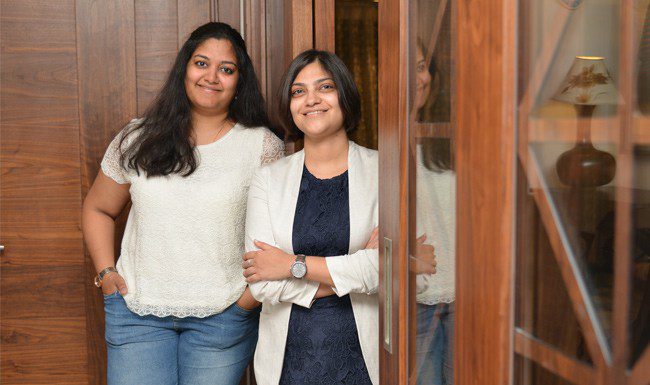
Avlokita Tiwari and Dr Praapti Jayaswal, founders of AarogyaAI
To bridge this gap, Praapti along with co-founder Avlokita Tiwari, started AarogyaAI in 2019. The company marries genome sequencing with AI to provide the correct combination of antibiotics for drug-resistant diseases like TB. What’s more the diagnosis and prescription are done in a few hours. The company fills a crucial gap, says Praapti because an exact diagnosis of diseases like TB isn’t available yet. “But we have 10-minute food delivery systems,” Praapti quips. AarogyaAI is a SaaS platform where a DNA sequence from the patient is uploaded and analysed through a machine-learning algorithm and AI. It then provides a comprehensive report on the patient’s drug-susceptibility status. The report can be used by doctors to prescribe a more potent combination of antibiotics, thus bringing down the duration of the treatment to less than six months. “It usually takes four to six weeks for the diagnosis. Better technology is the need of the hour for healthcare,” explains Praapti, who plans to replicate the solution for other infectious pathogens.
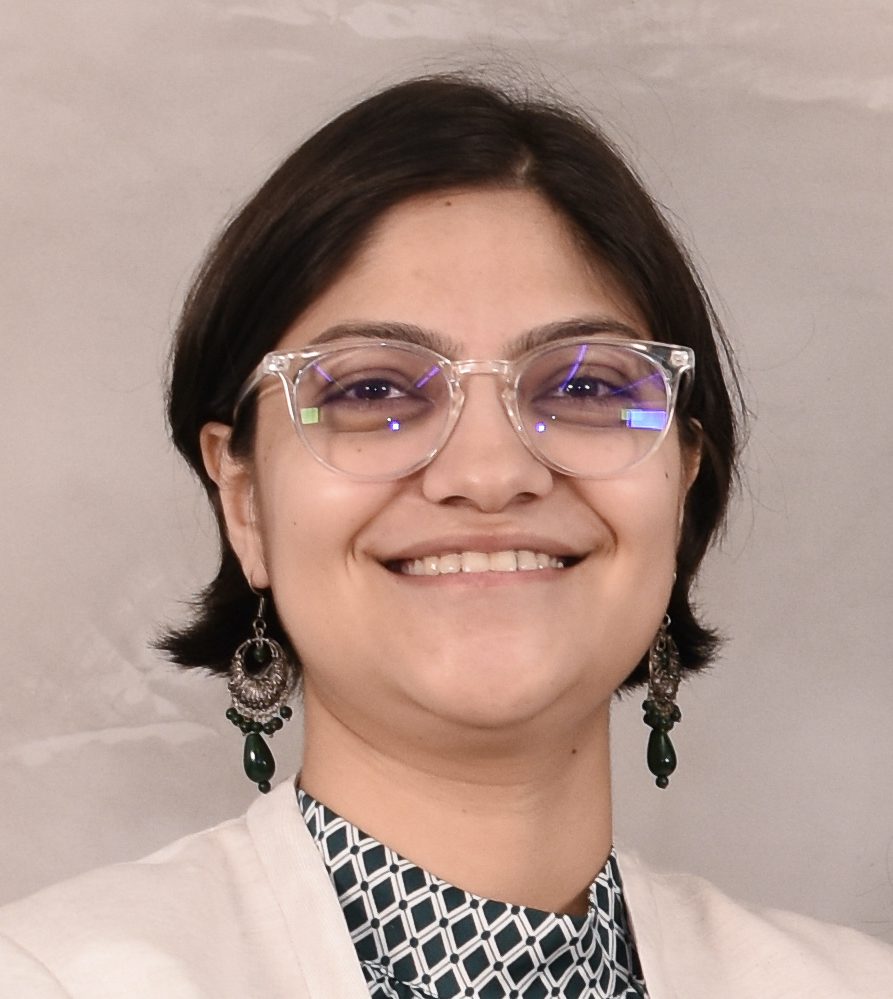
Dr Praapti Jayaswal
From doctor to microbiologist
The Delhi-born microbiologist was raised on the AIIMS campus, thanks to her spine surgeon father. Being raised in a family of doctors, Praapti was inclined to follow in their footsteps. In high school, however, when she discovered a “massive craze for sports,” she considered re-thinking her career choices. Even though she loved sports, she never did lose her inclination for science. “I was a huge fan of Dexter’s Laboratory (the cartoon) and wanted to explore the idea of becoming a scientist. I knew if I chose biotechnology I could afford to be a little lazier than a doctor,” Praapti chuckles. She signed up for a course in Biotechnology at Mount Carmel College, Bengaluru, which also happened to have a girls’ cricket team.
“I only attended labs. I loved being on the field and even played professional cricket for 8-10 months for Karnataka, where I met Mithali Raj,” Praapti recalls. She reached a point where she had to take a call between science and cricket. She chose science and soon joined the University of Madras for her master’s in biotech. “I learned Tamil and a little bit of science,” she laughs.
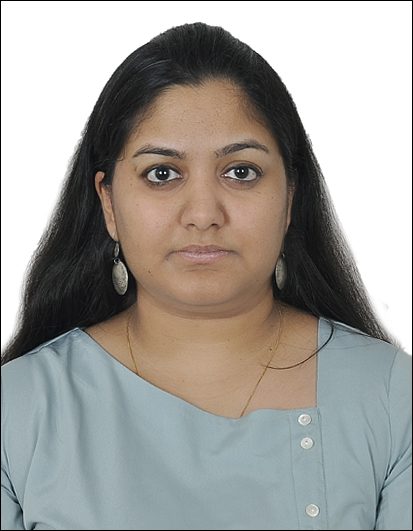
Avlokita Tiwari
Taking inspiration from her grandfather, she chose to do her PhD in tuberculosis research from the Translational Health Science and Technology Institute, Delhi. It was a difficult seven years, and it took a toll on her mental health. Calling it a “difficult time”, she adds, “A PhD can be hard, isolating, and mess with your head. I dealt with anxiety and depression. With each year, I felt I was stalling my plans to move forward. I was able to tide over that phase, though, with the help from family and friends.”
The journey to entrepreneurship
Incidentally, during her PhD years, she got a call from UK-based startup accelerator Entrepreneur First. “At first, I thought my friends were playing a prank on me. Then I learned it wasn’t. Also, I had nothing to lose at that point, so I went with the flow. Soon, I was among people from diverse fields who were keen to build their startups. That’s how AarogyaAI was born,” reveals Praapti, who was keen to apply science to improve everyday life.
That’s when she bumped into Avlokita Tiwari once more. Avlokita, who just finished her MS in Bioinformatics from the University Of Turku, Finland, was looking to start working. “I asked her to work with me. We wanted to translate our research into data-driven decisions that help the people,” adds Praapti who first met Avlokita in 2012 during carpooling when they were research interns. “We formed a strong bond as we talked about everything under the sun, especially how we could apply science into everyday lives to make things better,” adds Praapti. With a degree in bioinformatics, Avlokita was keen to create an impact with her work, so when Praapti told her about AarogyaAI, the Banasthali Vidyapith graduate jumped the bandwagon. She knew it was time to amp up the “need for speed” to do science.
We are delighted to have #PraaptiJayaswal, Co-Founder & CEO, #AarogyaAI as an esteemed speaker at 𝐍𝐚𝐭𝐮𝐫𝐚𝐥 𝐕𝐢𝐫𝐭𝐮𝐚𝐥 𝐅𝐨𝐫𝐮𝐦: 𝐓𝐮𝐛𝐞𝐫𝐜𝐮𝐥𝐨𝐬𝐢𝐬 𝐀𝐰𝐚𝐫𝐞𝐧𝐞𝐬𝐬.@praaptij pic.twitter.com/PIT8NC3plW
— Voice Of Healthcare (@vohglobal) March 19, 2022
Peeping into the future
Praapti now handles the business side of AarogyaAI, while Avlokita, the CTO, over sees the tech side. Tiwari uses her expertise in computational biology and genomic data to bridge biology and tech. “We have similar ideologies but at the same time, we complement each other,” adds the 36-year-old. “When I started, I was focussed on working on TB. I didn’t know better. Today, we understand the opportunity we have and can see how the platform can be replicated for all pathogens,” she says. “Superbugs are already here and will cause the next pandemic. For the longest time, we have been playing catch up but now we need to proactively work towards pre-empting their evolution using science and technology,” adds the biotech entrepreneur.
AarogyaAI rolled out its technology for commercial in 2022 after a thorough peer-review phase. “The app is going to have widespread application, so we wanted to be cautious and not make any mistakes,” Praapti remarks.
In uncharted territory
However, the highs haven’t been without their share of challenges. With not many scientists turning into entrepreneurs, the duo had no precedent to follow, and learnt a lot through trial and error. “We needed to make a complete shift in our mindset, never having worked in the business before,” says Praapti. In the process, she formed a strong bond and camaraderie with Avlokita. Regulation and commercialisation are AarogyaAI’s top priorities right now.
Over the years, Praapti has found a strong support system in many women, including Dr Soumya Swaminathan, the WHO chief scientist who encouraged her to translate science into real-world application. “I contacted her before I was to launch AarogyaAI and she was very encouraging. I was a nobody then and she still gave me time and pushed me to follow my dream,” adds the entrepreneur.
Praapti no longer has the time to indulge in her first love – cricket, unwinds by playing board games. She loves to eat and explore new places.
In a landscape where rapid advancements in technology often outpace essential healthcare developments, AarogyaAI emerges as a beacon of innovation, addressing the critical challenge of drug-resistant tuberculosis. By integrating genome sequencing with artificial intelligence, AarogyaAI revolutionises the diagnosis and treatment of TB, drastically reducing the time required for accurate drug susceptibility testing from weeks to mere hours.
- Follow AarogyaAI on Instagram
- Follow Dr Praapti Jayaswal on LinkedIn
- Follow Avlokita Tiwari on LinkedIn

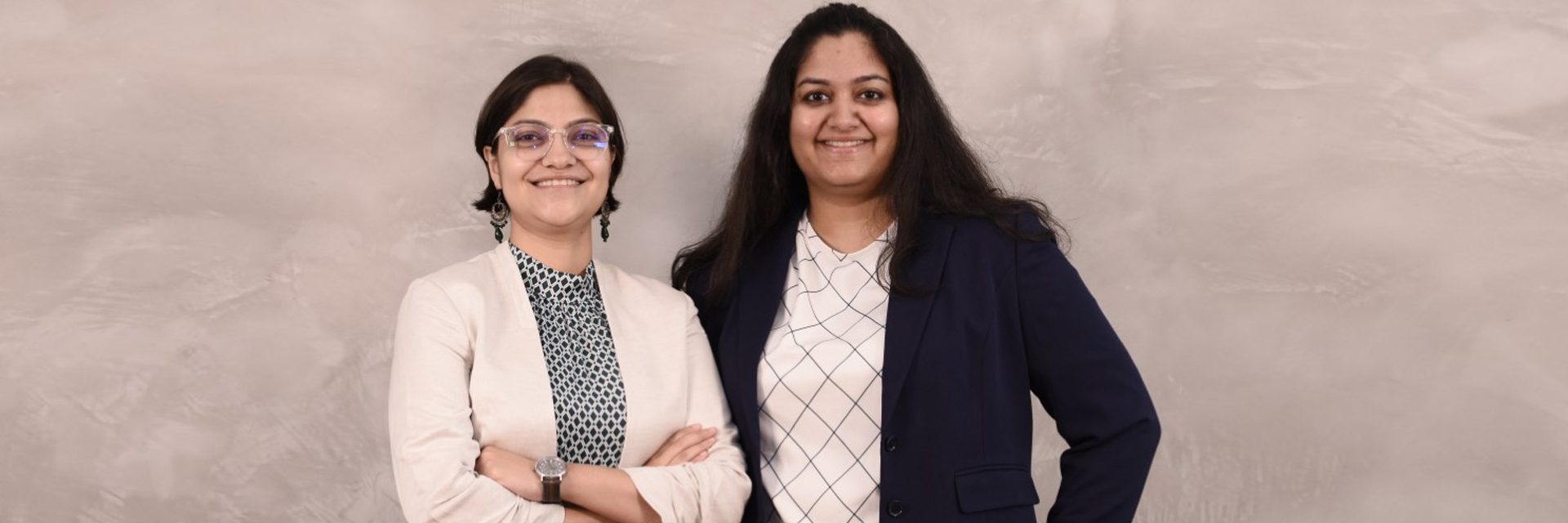


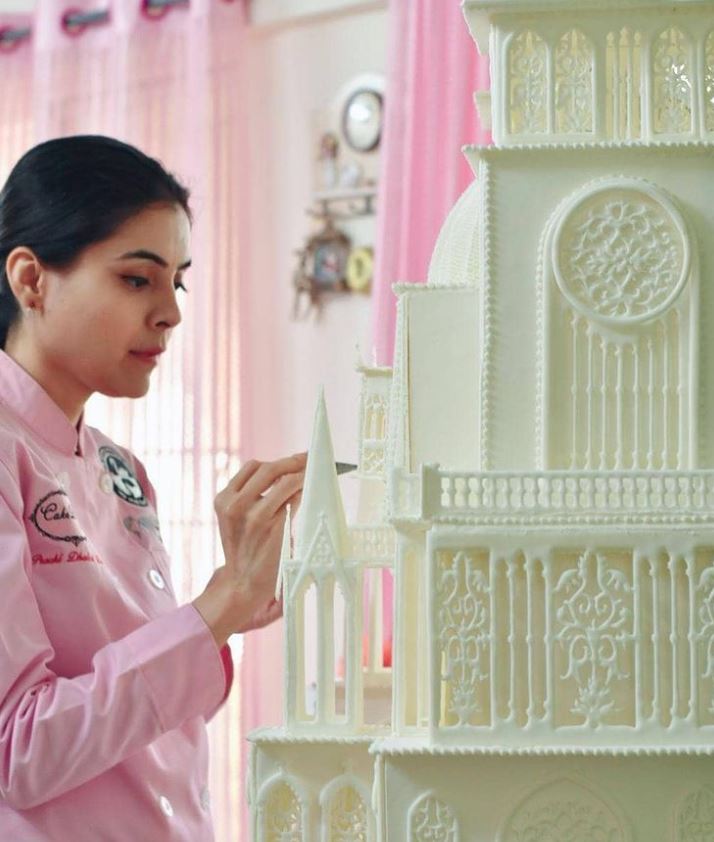
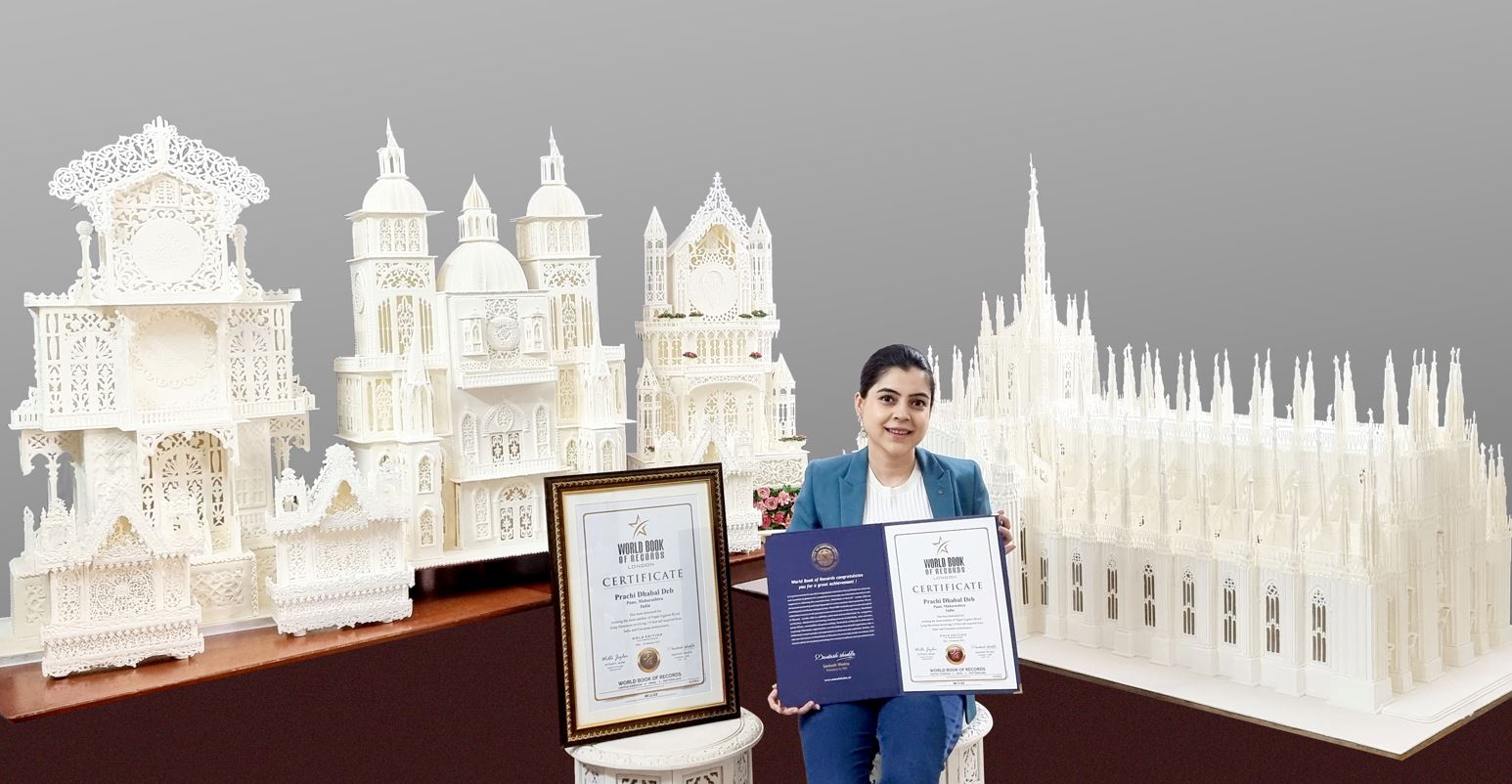
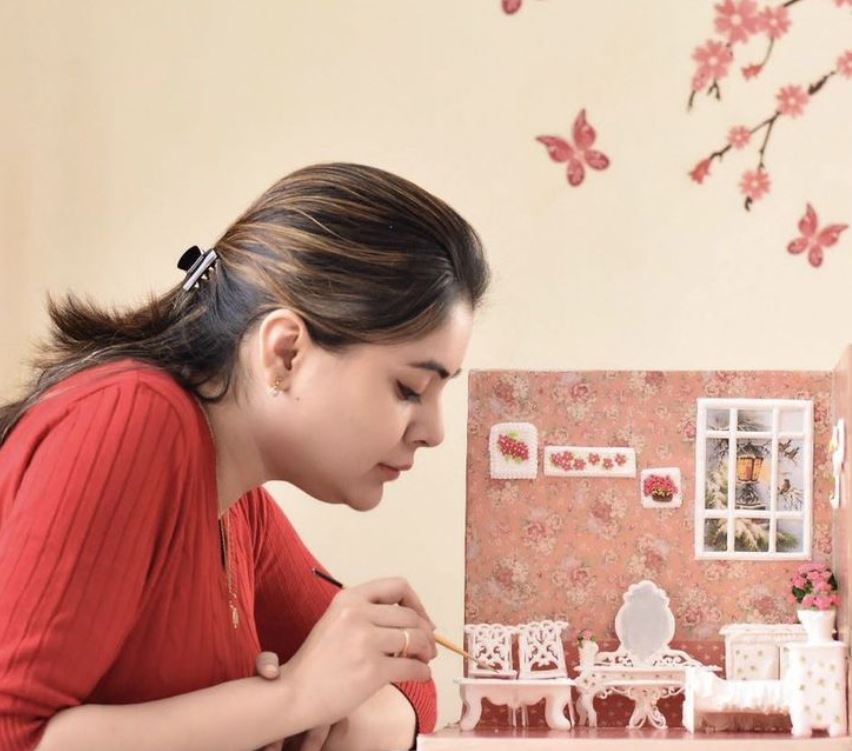
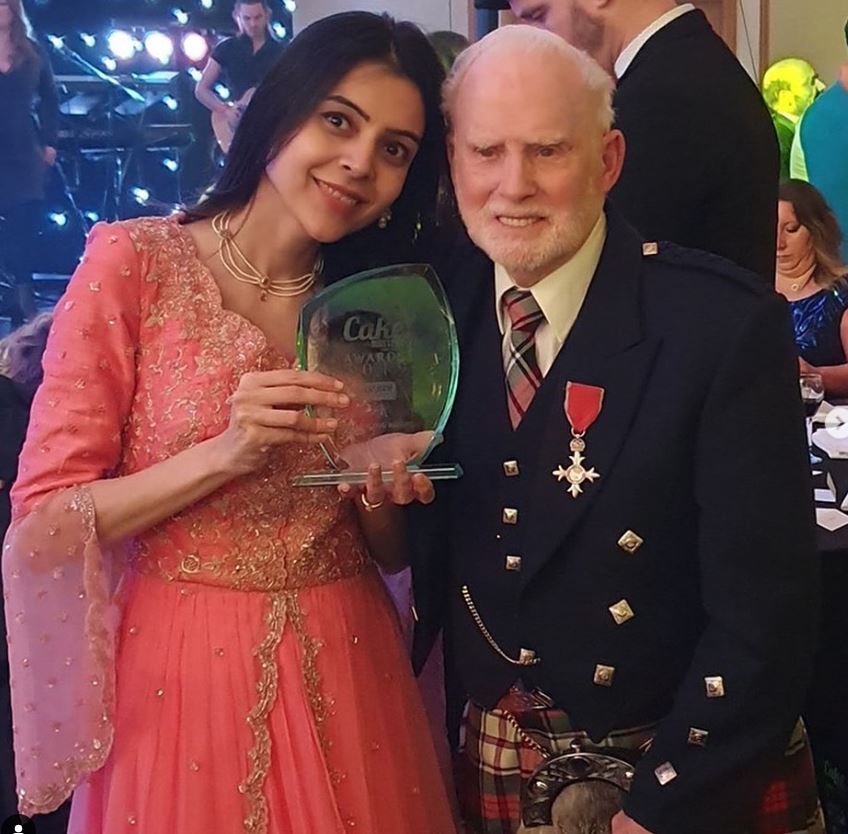


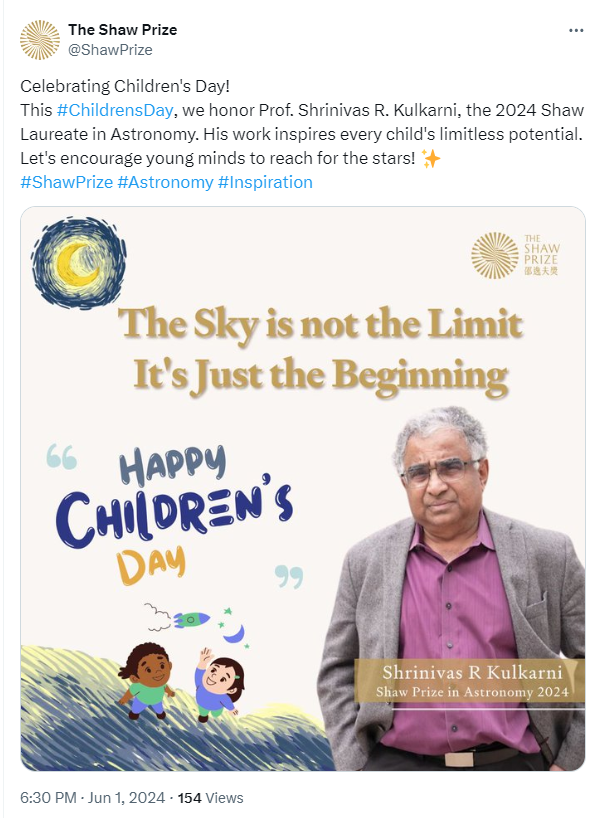
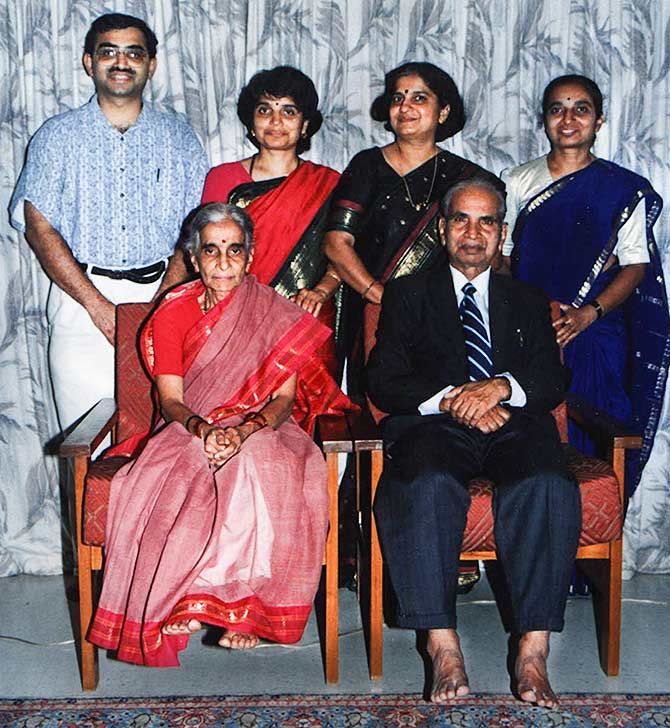 Shrinivas Kulkarni in an old family picture with his parents and sisters Jayashree, Sudha and Sunanda[/caption]
Shrinivas Kulkarni in an old family picture with his parents and sisters Jayashree, Sudha and Sunanda[/caption]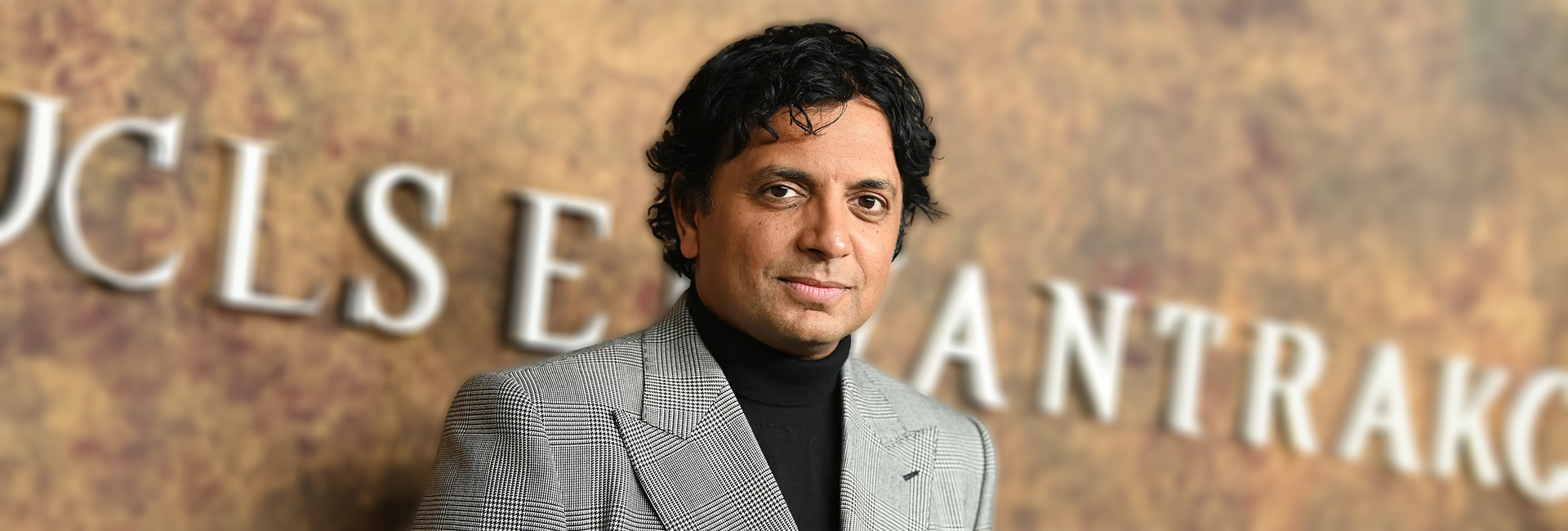
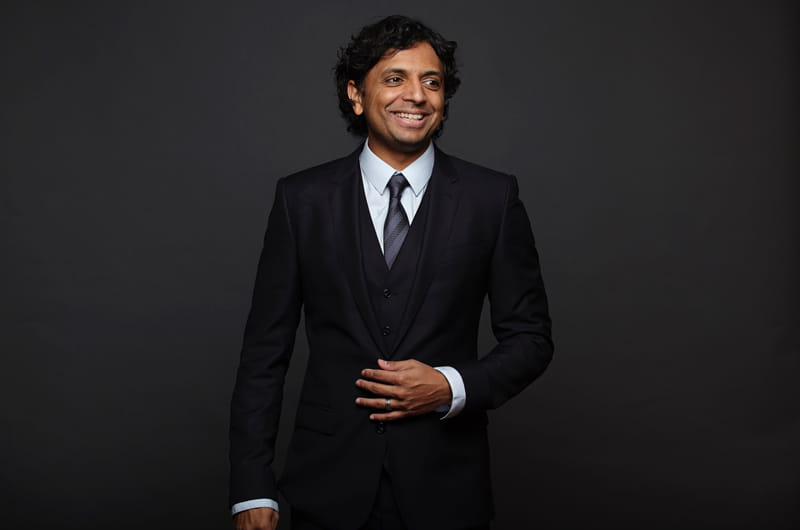 M Night Shyamalan[/caption]
M Night Shyamalan[/caption]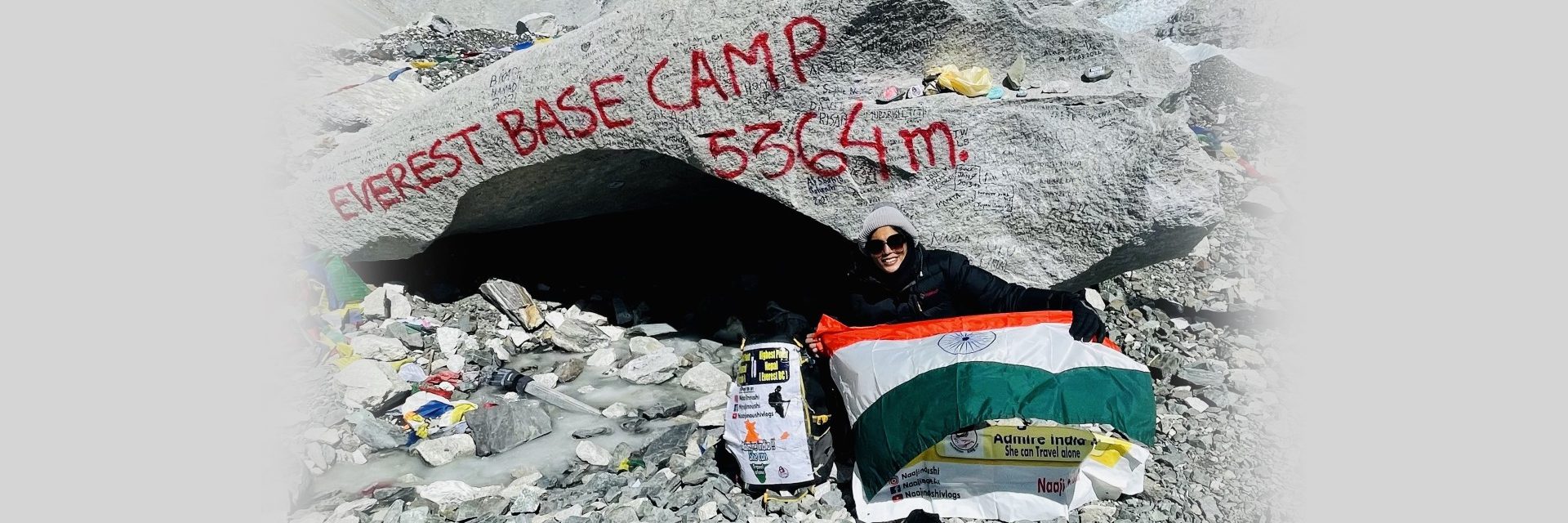
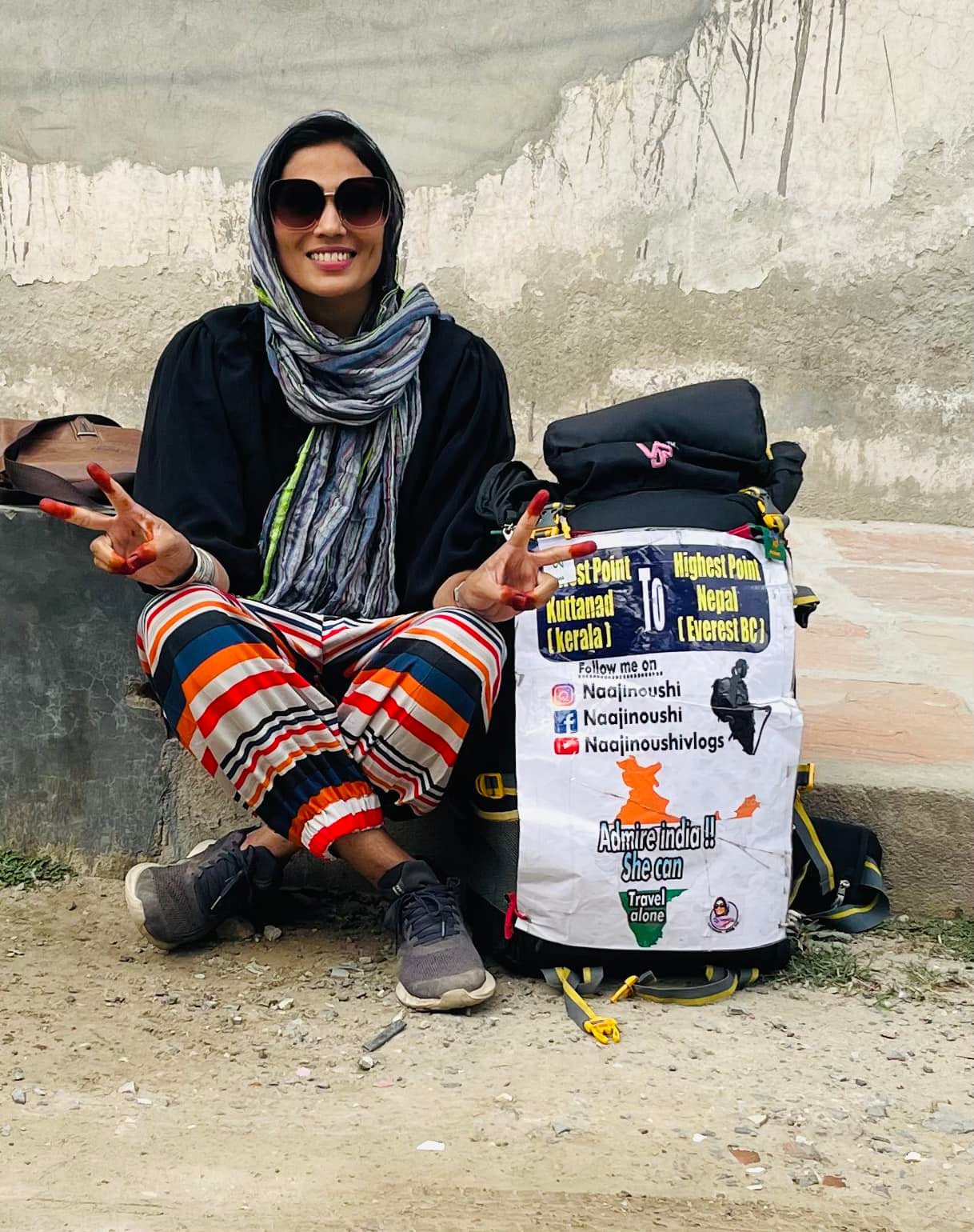 Najira Noushad during her trip from Kerala to Everest base camp[/caption]
Najira Noushad during her trip from Kerala to Everest base camp[/caption]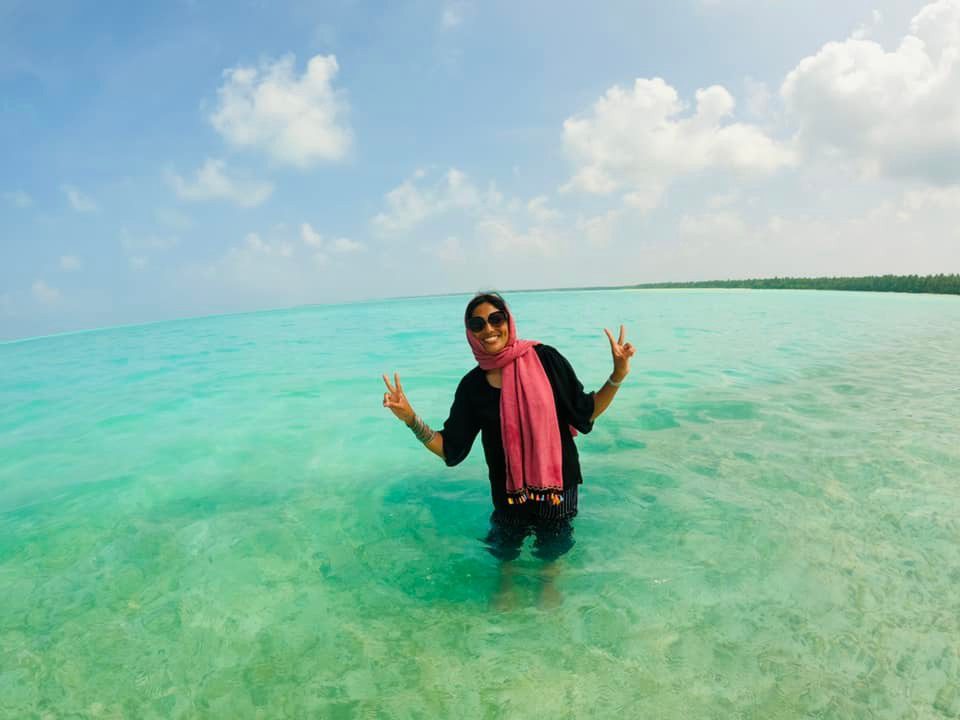 Najira Noushad in Lakshwadeep[/caption]
Najira Noushad in Lakshwadeep[/caption]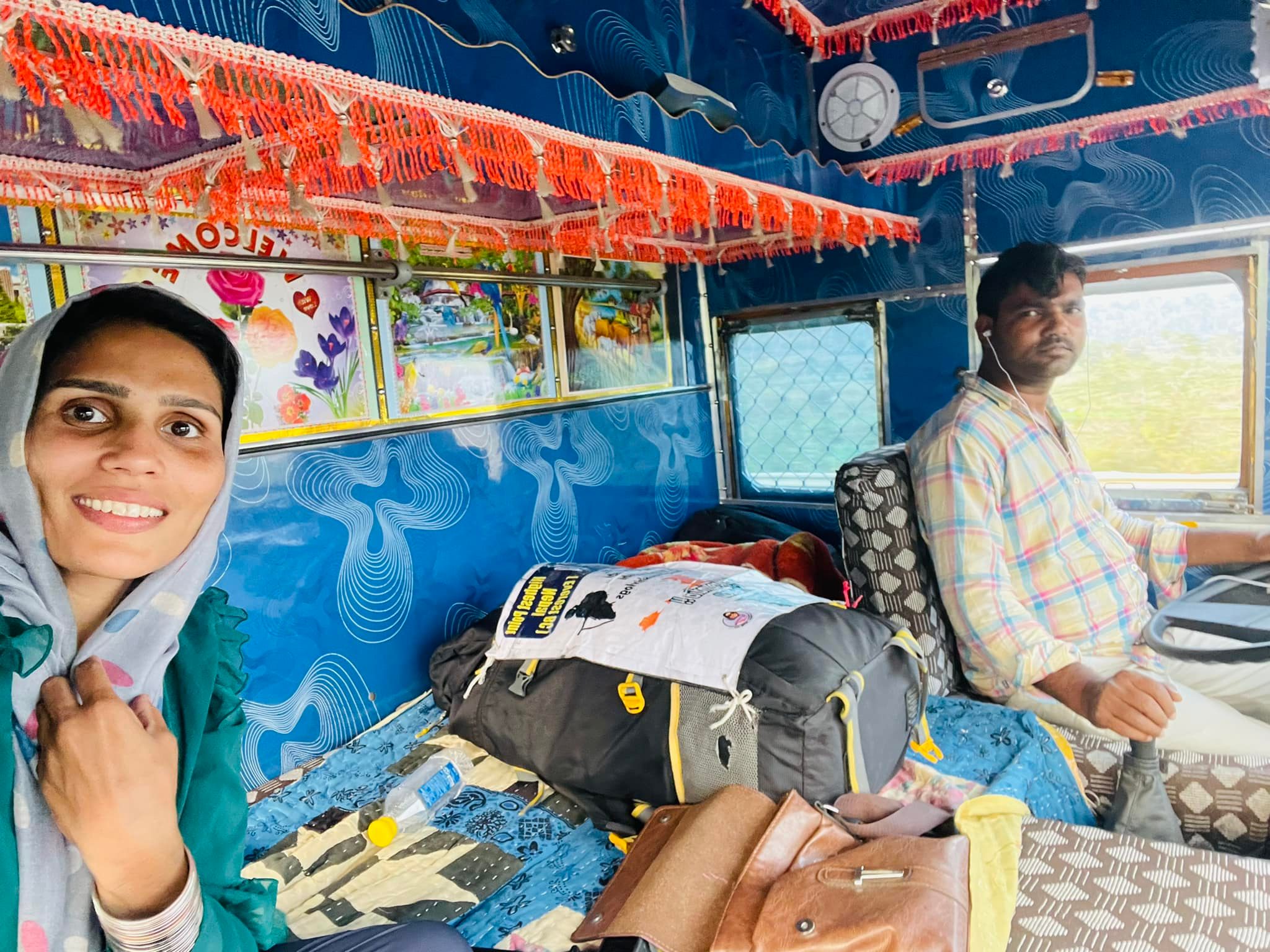 Najira with a lorry driver[/caption]
Najira with a lorry driver[/caption]
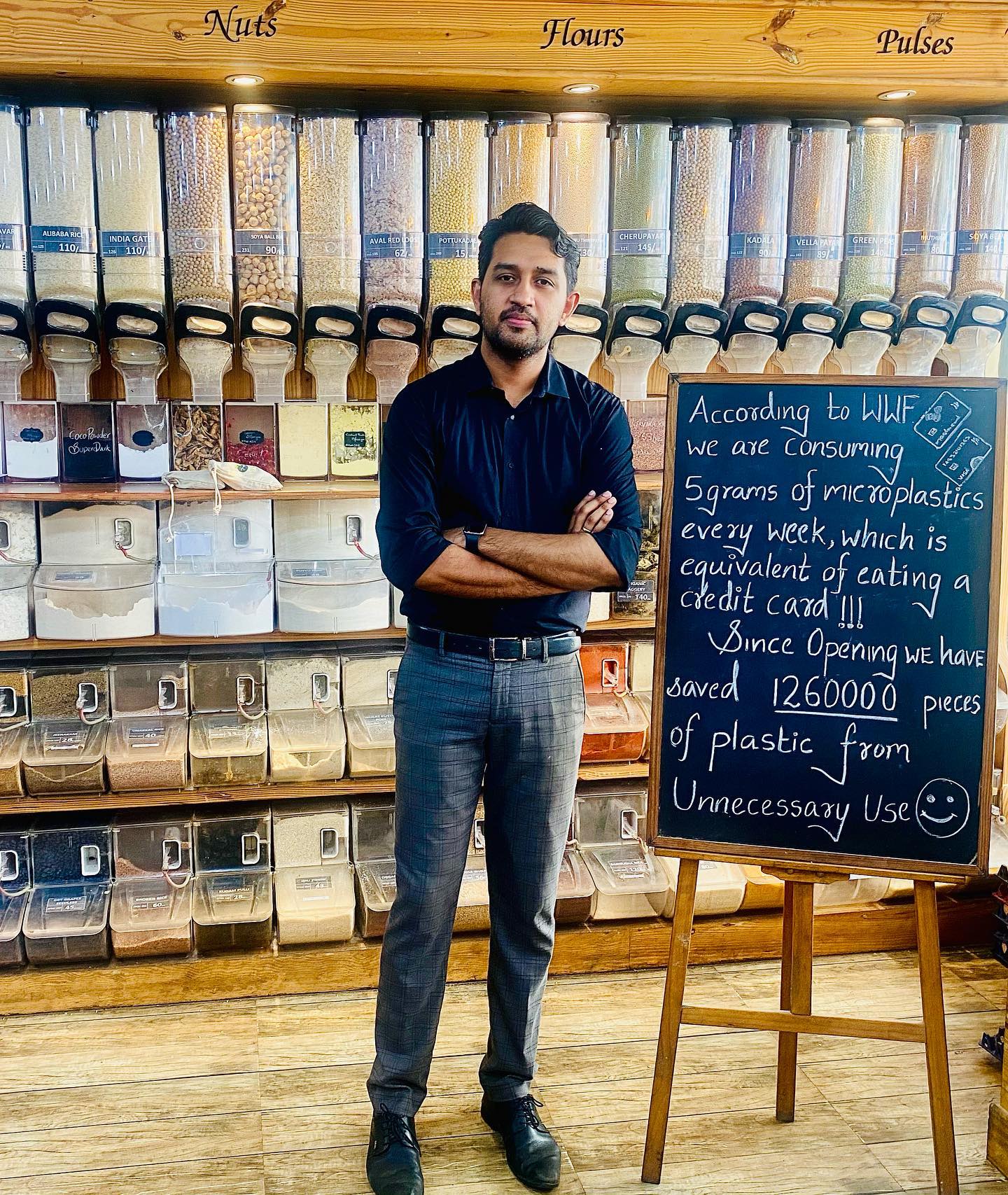 Bittu John at his 7 to 9 Green Store[/caption]
Bittu John at his 7 to 9 Green Store[/caption]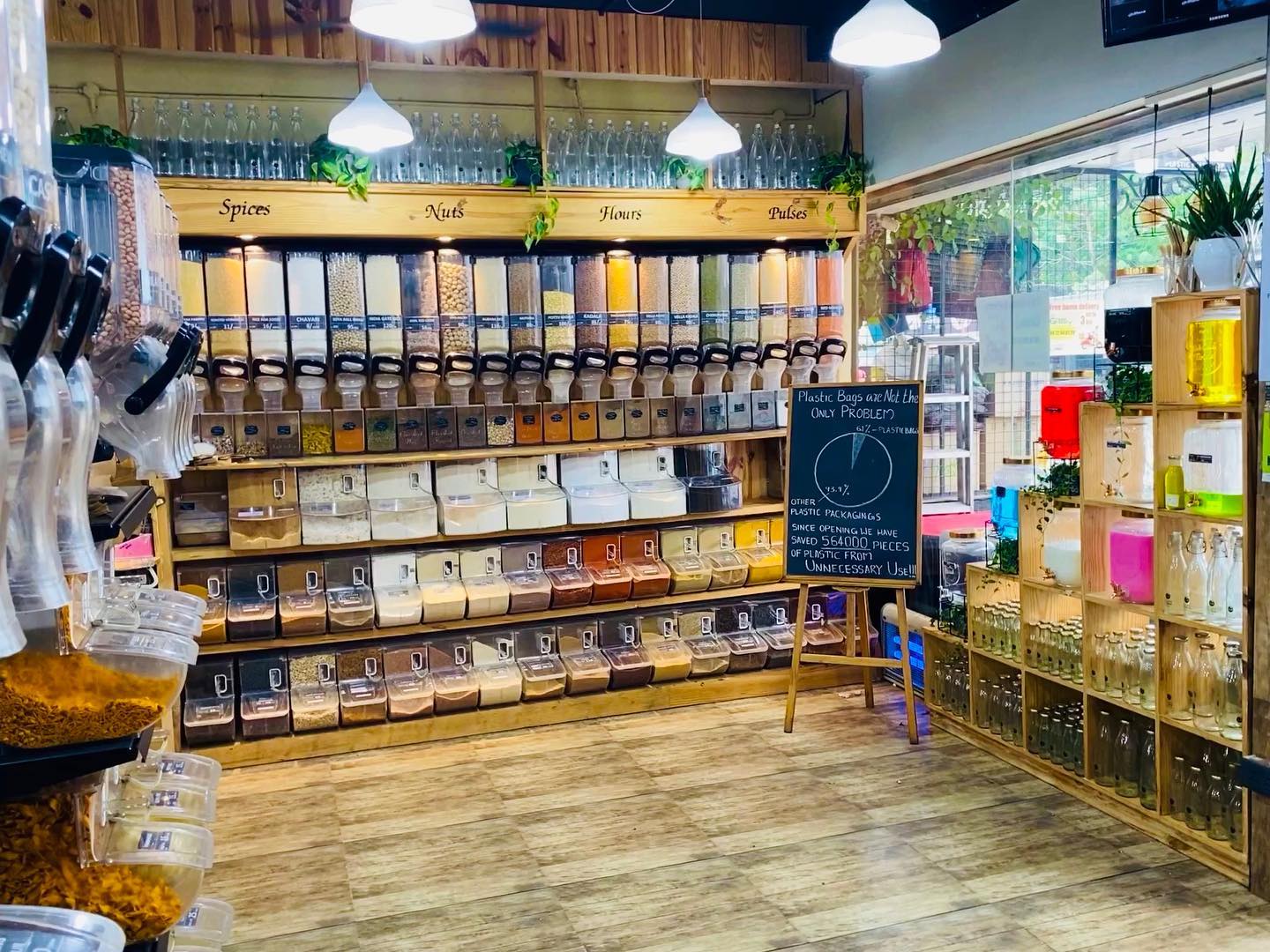 7 to 9 Green Store[/caption]
7 to 9 Green Store[/caption] 7 to 9 Green Store[/caption]
7 to 9 Green Store[/caption]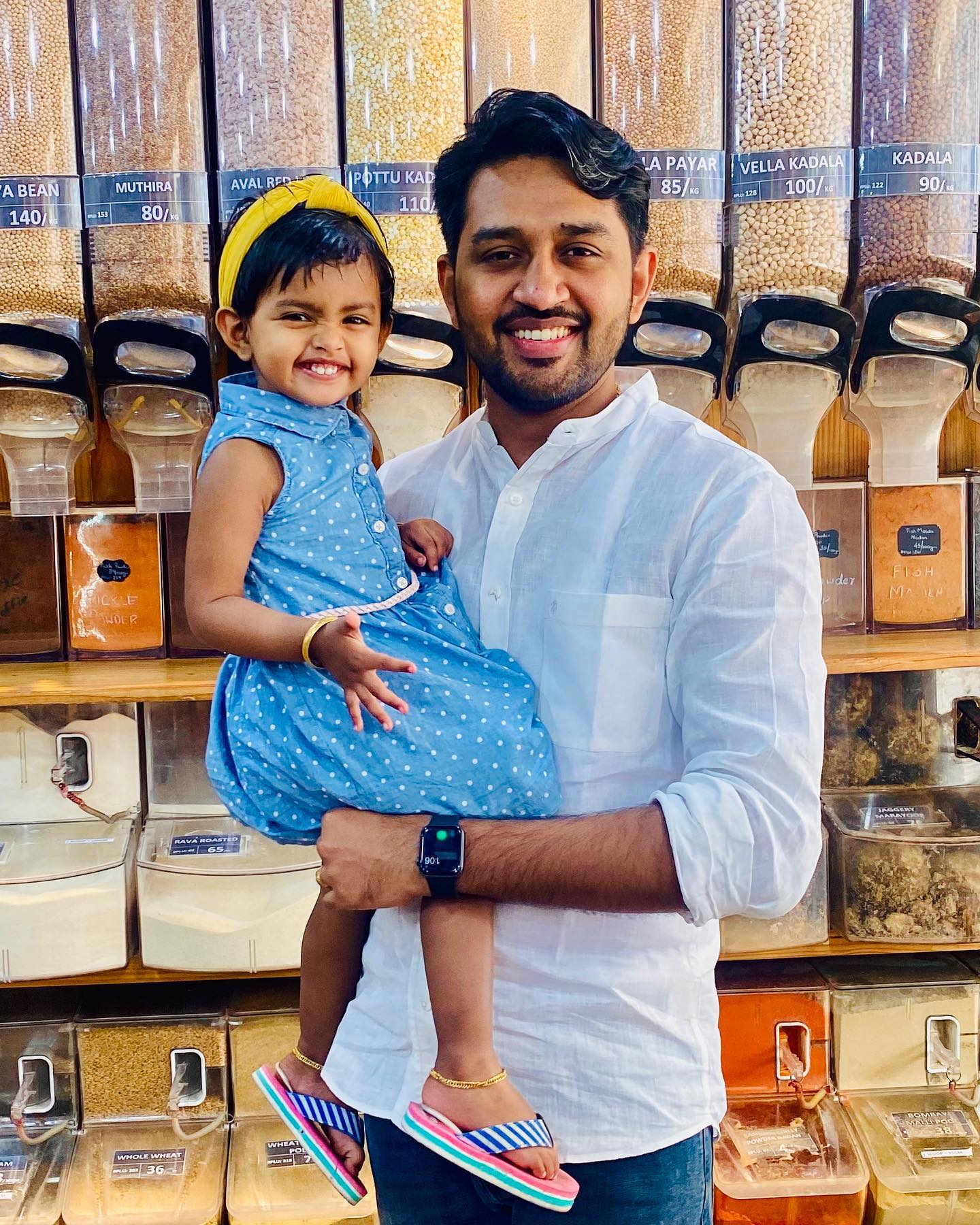 Bittu John - the role model[/caption]
Bittu John - the role model[/caption]